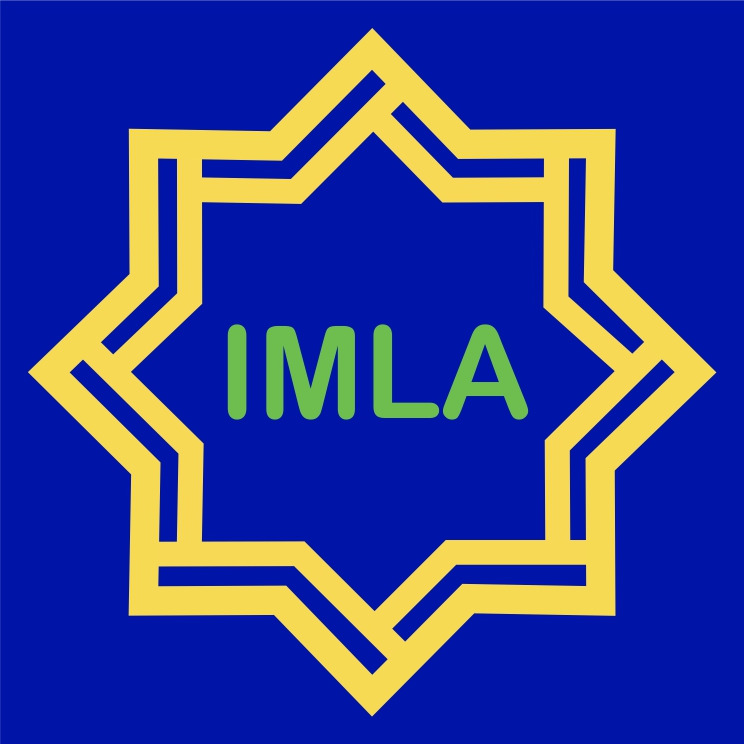Mapping the Research Theme and Method: A Corpus Based to Abstract of Arabic Education Undergraduate Program
DOI:
https://doi.org/10.29240/jba.v5i1.2073Keywords:
Arabic corpus, Arabic education, research theme, research method.Abstract
This research aims to describe the research themes and methods most in-demand and explain the representation of research mapping in the Arabic Education undergraduate program in Universitas Islam Negeri Maulana Malik Ibrahim Malang through linguistic corpus analysis. This study is essential to provide a real portrait of the reality of research trends among students. A quantitative approach is used to describe the frequency of words based on the Antconc application's linguistic corpus. Meanwhile, a qualitative approach is used to represent the meaning of corpus-based findings. The data are taken from Arabic abstracts on digital library. The results showed that the research theme most interested chosen by students in the last 5 years was the learning cluster, namely materials and textbooks, the language skills cluster, namely speaking skills, and the language element cluster, namely vocabulary. This shows that students tend to research vocabulary-based speaking skills material. The research method most widely used by students is Research and Development (R&D). Students tend to develop teaching materials or dictionaries, which are a trend of research methods. These mapping results are expected to be material for evaluation to determine the Arabic language research policies for lecturers and departments. For students and further researchers, it can be used as a basis and consideration for the description of the state of the art in choosing themes and research methods.
Downloads
References
Al-Sulaiti, Latifa, and Eric Steven Atwell. “The Design of a Corpus of Contemporary Arabic.†International Journal of Corpus Linguistics 11, no. 2 (2006). https://doi.org/10.1075/ijcl.11.2.02als.
Anthony, Laurence. “AntConc.†Tokyo: Faculty of Science and Engineering Waseda University, 2019.
Asyari, Khafid. “Tahlil Madhmun Wa Tharaaiq Al Bahts Fi Ta’liifi Al Risalah Al Jamiiyah Qism Ta’lim Al Lughah Al Arabiyah Bi Jamiah Sunan Ampel Al Islamiyah Al Hukumiyah Surabaya.†UIN Sunan Ampel Surabaya, 2017. http://digilib.uinsby.ac.id/19088/.
Atkins, Sue, Jeremy Clear, and Nicholas Ostler. “Corpus Design Criteria.†Literary and Linguistic Computing 7, no. 1 (1992): 1–16. https://doi.org/10.1093/llc/7.1.1.
Cumming, Alister, Diane Pecorari, Ilona Leki, Alister Cumming, Tony Silva, Helen Basturkmen, Academic Writing, et al. No TitleالملاØÙ‚. University Business. Vol. 1, 2008. https://doi.org/10.4324/9780203927984.
Dazdarevic, Samina, and Fahreta Fijuljanin. “Benefits of Corpus-Based Approach To Language Teaching.†Balkan Distance Education Network - BADEN News Letter Year III, no. 7 (2015).
Gavioli, Laura. “Corpus Analysis and the Achievement of Learner Autonomy in Interaction.†Linguistic Insights Studies in Language and Communication, 2009. http://www.mendeley.com/research/corpus-analysis-achievement-learner-autonomy-interaction.
Ghofur, Abdul. “Dinamika Kajian Pendidikan Bahasa Arab Dalam Skripsi Mahasiswa Prodi Pendidikan Bahasa Arab.†Arabiyatuna 1, no. 1 (2017). http://journal.staincurup.ac.id/index.php/arabiyatuna.
Hammann, Lynne. “Self-Regulation in Academic Writing Tasks.†International Journal of Teaching and Learning in Higher Education 17, no. 1 (2005): 15–26.
Hizbullah, Nur, Zakiyah Arifa, Yoke Suryadarma, Ferry Hidayat, Luthfi Muhyiddin, and Eka Kurnia Firmansyah. “Source-Based Arabic Language Learning: A Corpus Linguistic Approach.†Humanities and Social Sciences Reviews 8, no. 3 (2020): 940–54. https://doi.org/10.18510/HSSR.2020.8398.
Huang, Li Shih. “Seeing Eye to Eye? The Academic Writing Needs of Graduate and Undergraduate Students from Students’ and Instructors’ Perspectives.†Language Teaching Research 14, no. 4 (2010): 517–39. https://doi.org/10.1177/1362168810375372.
Ide, Nancy, Patrice Bonhomme, and Laurent Romary. “XCES: An XML-Based Encoding Standard for Linguistic Corpora.†2nd International Conference on Language Resources and Evaluation, LREC 2000, 2000. https://www.mendeley.com/catalogue/432a73d6-c86b-3430-ba64-ec81bc476a03/.
Rawi., MustafaKhalidSalehAl. “Using Antconc: A Corpus-Based Tool, To Investigate and Analyse the Keywords in Dickens’ Novel ‘a Tale of Two Cities’.†International Journal of Advanced Research 5, no. 2 (2017): 366–72. https://doi.org/10.21474/ijar01/3158.
Ridlo, Ubaid. “Bahasa Arab Dalam Pusaran Arus Globalisasi: Antara Pesismisme Dan Optimisme.†Ihya Al-’Arabiyah 1, no. 2 (2015): 210–26. http://ejournalpba.org/index.php/ihya/article/view/92.
Roth, Wolff Michael. Language, Learning, Context: Talking the Talk. Language, Learning, Context: Talking the Talk, 2010. https://doi.org/10.4324/9780203853177.
Saleh, Zeiburhanus. “Pendidikan Bahasa Arab Dan Social ; Kajian Terhadap Realita , Orientasi Dan Tantangan Pendidikan Bahasa Arab.†Turats, 2016. http://ejournal.iain-tulungagung.ac.id/index.php/taalum/article/download/356/289.
Taylor, Peter Charles. “Contemporary Qualitative Research.†Handbook of Research on Science Education, Volume II, 2015. https://doi.org/10.4324/9780203097267.ch3.
Vyatkina, Nina, and Alex Boulton. “Corpora in Language Learning and Teaching: Discussant’s Summary.†Language and Learning Technology 21, no. 3 (2017): 1–8.
Wahab, Muhbib Abdul. “Peta Wacana Studi Bahasa Arab Di UIN Jakarta (Analisis Substansi Dan Metodologi Skripsi Mahasiswa Jurusan PBA-FITK).†Narasi 4, no. Desember (2007): 1–19. http://repository.uinjkt.ac.id/dspace/bitstream/123456789/28268/3/Muhbib Abdul Wahab-FITK.pdf.
———. “Revitalisasi Metodologi Penelitian Sebagai Basis Pengembangan Pendidikan Bahasa Arab,†2015, 1–18. http://repository.uinjkt.ac.id/dspace/bitstream/123456789/28453/3/MUHBIB ABDUL WAHAB-FITK-2015.pdf.
———. “Tantangan Dan Prospek Pendidikan Bahasa Arab Di Indonesia.†Afaq Arabiyah 2, no. 1 (2007): 1–18. http://repository.uinjkt.ac.id/dspace/bitstream/123456789/28299/3/MUHBIB ABDUL WAHAB-FITK.pdf.
Downloads
Published
How to Cite
Issue
Section
Citation Check
License
Authors who publish with Arabiyatuna: Jurnal Bahasa Arab agree to the following terms:- Authors retain copyright and grant the journal right of first publication with the work simultaneously licensed under a Creative Commons Attribution-NonCommercial-ShareAlike 4.0 International License (CC BY-NC-SA 4.0) that allows others to share the work with an acknowledgment of the work's authorship and initial publication in this journal.
- Authors are able to enter into separate, additional contractual arrangements for the non-exclusive distribution of the journal's published version of the work (e.g., post it to an institutional repository or publish it in a book), with an acknowledgment of its initial publication in this journal.
- Authors are permitted and encouraged to post their work online (e.g., in institutional repositories or on their website) prior to and during the submission process, as it can lead to productive exchanges, as well as earlier and greater citation of published work (See The Effect of Open Access).














 This work is licensed under a
This work is licensed under a 